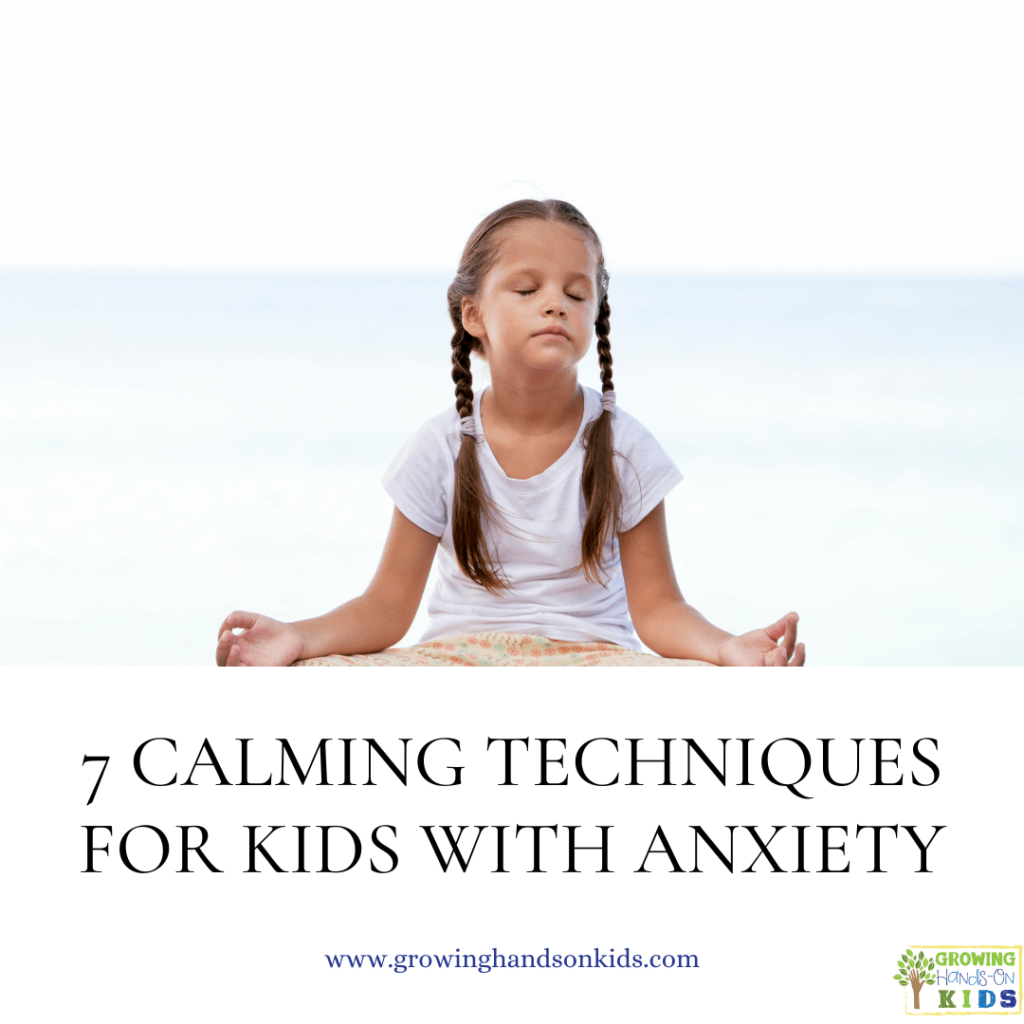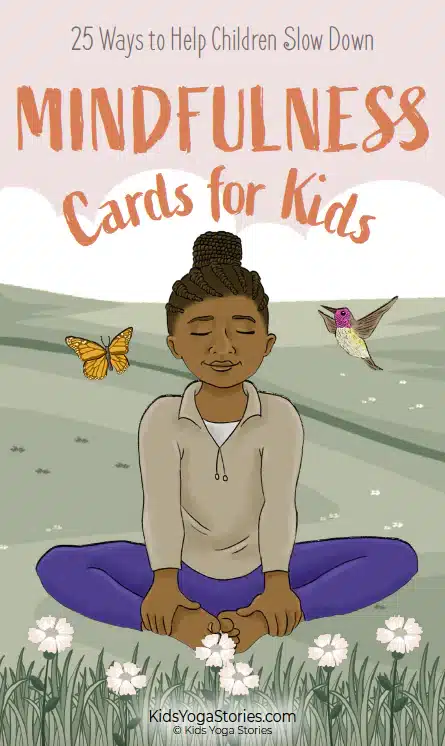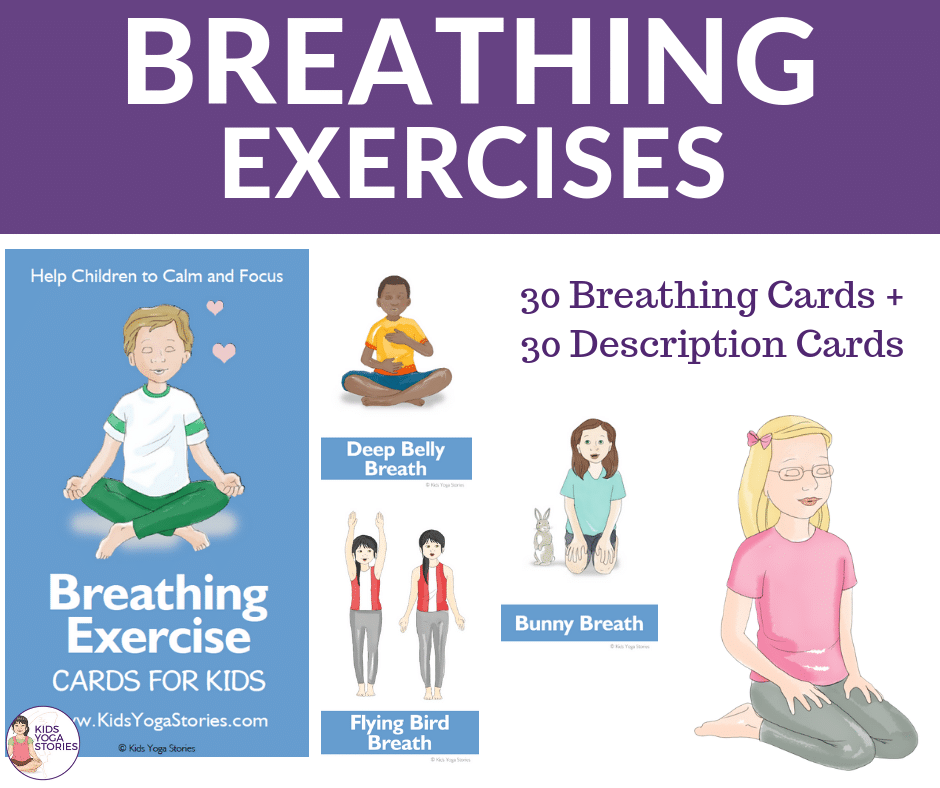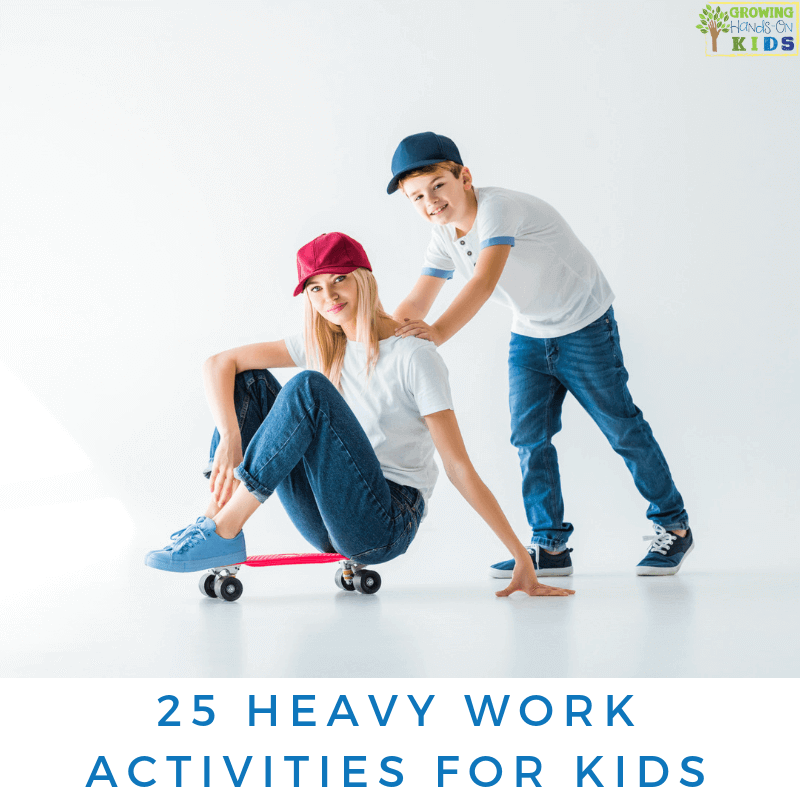7 Calming Techniques for Kids with Anxiety
Affiliate and Referral links are used below to promote products I love and recommend. I receive a commission on any purchases made through these links. Please see my disclosure policy for more details. As an Amazon Associate, I earn from qualifying purchases.
Anxiety is one of the most common mental health issues in children. It can be caused by a variety of factors, such as stress at school or home, peer pressure, and traumatic events. When kids are feeling anxious or stressed, it can be difficult for them to calm down and relax. That's where calming techniques come in! Luckily, there are a few different calming methods that you can teach kids to do to help ease their anxiety, reduce stress and promote relaxation when faced with a stressful situation.
How will these techniques help my child?
If you don't experience anxiety yourself, it can be difficult to understand or relate to someone who does. Parents should try to understand that kids with anxiety may often feel like they're in danger – even when there's no real danger around. That's because their brain is reacting to things differently than other kids' brains. Like most emotional situations, it might be hard for them to explain what's going on, but it feels very real to them.
Calming techniques can help ease some of the anxiety symptoms kids feel by providing a distraction from whatever is causing their anxiety. They are excellent for helping them to feel safer and more in control. And they can provide a way to manage the overwhelming feelings that come with anxiety and teach kids coping skills that they can use when they're feeling anxious or stressed in the future.
Calming techniques to try with your child
When children feel anxious, their bodies prepare for ‘fight or flight”. This means that the heart races muscles tense and breathing quickens. While this response can be helpful in a dangerous situation, it's not so great when trying to sit still in class or give a presentation. By helping children to focus on their breathing and body sensations, these calming techniques can help to reduce the physical symptoms of anxiety while out in public (and at home!).
You can read more about the fight or flight response by clicking here.
Mindfulness
Mindfulness is a technique that involves focusing your attention on the present moment and accepting things as they are. It can help to reduce anxiety by calming the mind and helping you to focus on what is happening right now instead of worrying about what could happen in the future.
To teach your child mindfulness, start by having them focus on their breath. Have them breathe in slowly through their nose and out through their mouth. They should then notice how their body feels and what they can see and hear around them. Notice when their thoughts start to wander and gently bring their focus back to the present moment. Once they are comfortable with this, they can try adding some gentle movement, such as stretching or walking.
Here are a few of my favorite resources for mindfulness activities:
5 Mindfulness Activities for Kids – Cosmic Kids Yoga on YouTube
Mindfulness Cards for Kids – Kids Yoga Stories
Deep Breathing
Deep breathing is a great way to calm down the body and mind and is a technique that can be done anywhere, in any situation. This method works to help slow the heart rate and lower blood pressure. Deep breathing is used in many situations (giving birth is one everyone knows about!) because it helps to improve the oxygenation of the blood and can even help to reduce pain.
To teach your child to practice deep breathing, have them first sit in a comfortable position with their eyes closed. Ask them to take a deep breath through their nose, filling up their lungs evenly and slowly. Then, have them exhale evenly and slowly through their mouth. Instruct them to repeat this process for several minutes, or until they feel more relaxed.
Here are some of my favorite deep breathing resources:
Deep Breathing Printables – The OT Toolbox
Breathing Exercise Cards – Kids Yoga Stories
Progressive Muscle Relaxation (PMR)
PMR is a technique that involves tensing and relaxing different muscle groups in the body to help reduce stress and promote relaxation.
To practice PMR, have your child sit or lie down in a comfortable position. Starting with their toes, have them tense the muscles in their feet for five seconds. Then, have them relax the muscle group for 30 seconds. Continue this process by working up the body, tensing and relaxing muscle groups in the legs, stomach, arms, hands, neck, and face.
You can read more about PMR at this link from The University of Toledo.
Imagery
Imagery is a technique that involves using your imagination to picture calming and relaxing scenes. This can be anything from lying on the beach, going for walks in peaceful forests, or even sitting by a fireplace with hot chocolate in the wintertime.
One way you could practice imagery is to have your child close their eyes while breathing deeply three times. Then, have them imagine themselves in a calming place. Have them focus on the sights, sounds, smells, and sensations they would experience in that place. The more detailed they can make the image, the better.
For instance, you could imagine lying in a bed of fall leaves, surrounded by the bright colors of fall – reds, browns, greens, yellow, etc… Then ask them what does this scene make me feel like? What does it smell like? What sounds do I hear?
Grounding
Grounding is a technique that helps to bring your focus back to the present moment and away from whatever is causing you anxiety. It can help to reduce racing thoughts and calm an anxious mind.
To ground themselves, have your child focus on five things they can see, four things they can touch, three things they can hear, two things they can, and one thing they can taste. Have them take a few deep breaths and focus on the sensations in their body.
Yoga
Yoga is another great calming activity for kids. Yoga helps to stretch and tone muscles, improve flexibility and posture, and calm the mind. If your child is experiencing anxiety attacks, yoga may be a helpful tool for managing their symptoms.
There are many different yoga poses that kids can do to help reduce stress and promote relaxation. For example, they can try the Child’s Pose, which involves sitting on their heels with their forehead touching the ground. This position helps to calm the nervous system and ease feelings of anxiety. Other helpful poses include the Cat-Cow Pose (which helps to stretch the spine and alleviate tension headaches) and the Cobra Pose (which helps to open up the chest and ease respiratory problems).
As your child becomes more comfortable with these poses, they can add more challenging ones to their practice. A benefit of practicing yoga regularly is that it can help to reduce the frequency and severity of anxiety attacks which makes it useful for long-term anxiety management.
My favorite resources for teaching yoga are below:
Music
Music therapy is a well-established form of treatment for children that uses music to address physical, emotional, cognitive, and social needs. The benefits have been documented as an effective way to reduce stress in kids while improving moods. The power behind this technique lies within its ability to evoke positive emotions including feelings like joyfulness because people associate these types of tunes with pleasant memories.
Music therapy is typically provided by a certified music therapist but there are many different ways to use music at home. For example, your child could listen to calming music, such as classical or nature sounds, or they could play an instrument. Playing an instrument can help to release tension and improve mood. Research has also shown that singing can help to reduce anxiety and improve respiratory function.
As you can see, there are lots of different calming techniques that can help with anxiety, but every child is different. Deep breathing or mindfulness may work for some while others might find listening to calming music or yoga helpful. The important thing is to find something that works for your child and that they're willing to try and feel comfortable using it on their own when needed.
If you think your child may be struggling with anxiety, be sure to talk to their pediatrician. They can help you figure out if there's an underlying condition that needs to be treated and they can give you guidance on how to best support your child.
You May Also Like:

Heather Greutman, COTA
Heather Greutman is a Certified Occupational Therapy Assistant with experience in school-based OT services for preschool through high school. She uses her background to share child development tips, tools, and strategies for parents, educators, and therapists. She is the author of many ebooks including The Basics of Fine Motor Skills, and Basics of Pre-Writing Skills, and co-author of Sensory Processing Explained: A Handbook for Parents and Educators.




